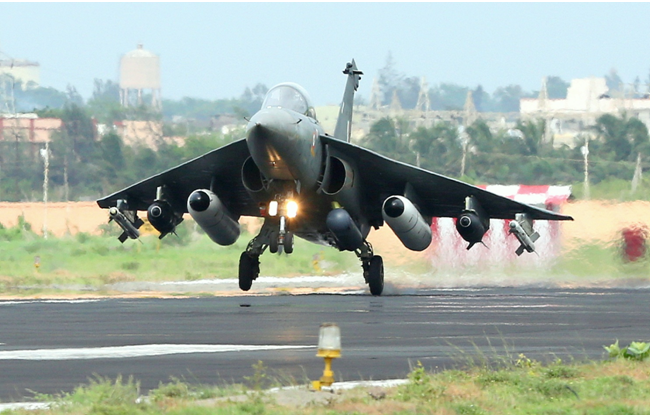
Light Combat Aircraft (LCA) – TEJAS – AF MK1- Final Operational Clearance(FOC)
Light combat aircraft (Tejas) is a 4.5 generation single seat multirole fighter aircraft ab-initio designed and developed in our country. Formulation of certification road map and the clearance approach for Tejas was a challenging task for RCMA(Aircraft)/CEMILAC. As there was no prior experience of certifying LCA class of aircraft, concurrent certification philosophy was adopted. Qualification test requirements for LRUs/equipments and software were evolved/tailored from the internationally available standards and guidelines. RCMAs spread all over the country provided certification coverage for LRU design and development. Qualification test schedules for all the LRUs were evolved and tested to meet the functional performance and lifing requirements of LCA. System level test requirements were identified and carried out as part of aircraft level ground test before clearing it for first flight. Towards the operational Clearance, flight test requirements were identified and flight by flight clearance was accorded after scrutinizing the test points and the aircraft level work done to address the snags if any.
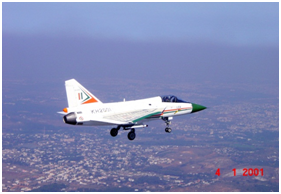
First flight of Single Seat (TD-1 Aircraft): 4 January 2001 – LCA’s maiden flight successfully completed by Technology Demonstrator TD-1 after CEMILAC clearance.
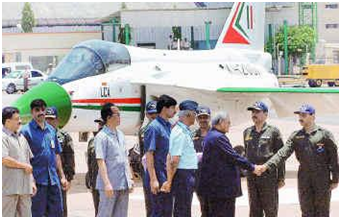
4th May 2003, Light combat aircraft named `Tejas’. The then Prime Minister, Mr Atal Bihari Vajpayee, with the Light Combat Aircraft (LCA) team in Bangalore.
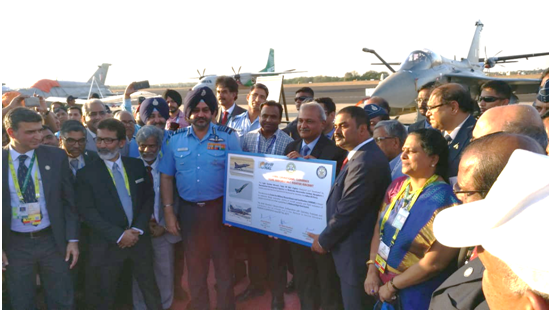
Final Operational Clearance (FOC)
Subsequent to IOC, additional capabilities like Care free maneuvering, Air to Air Refueling, BVR missile, additional stores configurations, Gun firing and Envelope expansion was carried out. Route to Certification for these additional capabilities and their compliance methodology was evolved by RCMA(Aircraft), CEMILAC. Final operational clearance is the culmination of all the design, development, certification and the flight test efforts of LCA. Final Operational Clearance was accorded by RCMA(A/C), CEMILAC during Aero India 2019.
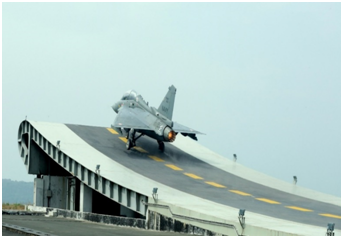
Light Combat Aircraft (LCA) – TEJAS – Navy
LCA Navy development was sanctioned to Aeronautical Development Agency, Bangalore by Govt. of India in the year 2009 to initiate the Design and Development activities. The aircraft is designed based on Ski-Jump Take-off but Arrested Recovery (STOBAR) concept. It is capable of taking off from ski ramp and land using Arresting gear within a short distance. Airworthiness clearance has been issued for Two prototypes, one two-seat trainer (NP1) and one single seat fighter (NP2) for the developmental flight trials. Also, a full airframe Structural Test Specimen (STS) and Shore Based Test Facility (SBTF) have been developed for the demonstration of design towards the certification. All the LRUs of LCA Navy have been qualified for the shock levels of LCA Navy. The progressive clearance approach for envelope expansion has been followed.
Hindustan Turbo Trainer – HTT40
The Guardians of our skies, the INDIAN AIR FORCE, requires trainer aircraft to train the rookie pilots into combat ready fighter pilots. The trainer aircraft fall in three categories, they are Basic Trainer, Intermediate Jet Trainer and Advanced Jet Trainer based on their flight envelope and capabilities. With grounding of HPT- 32 aircrafts, IAF has faced acute shortage of basic trainer aircraft, resulting in purchase of Pilatus – 07 aircraft from abroad. ARDC, HAL took up the challenge of developing ab-initio, a Basic Trainer aircraft, Hindustan Turbo Trainer (HTT – 40) to meet the urgent, critical requirements of IAF.
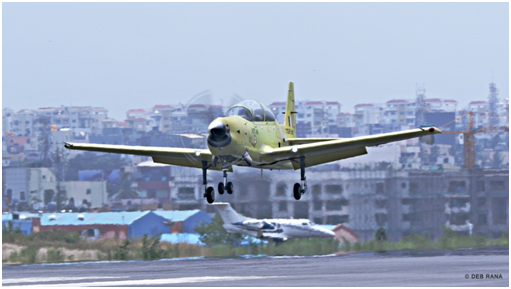
First Flight of HTT-40 on 31-06-2016

Successful 3 turn spin demonstrated on HTT-40


